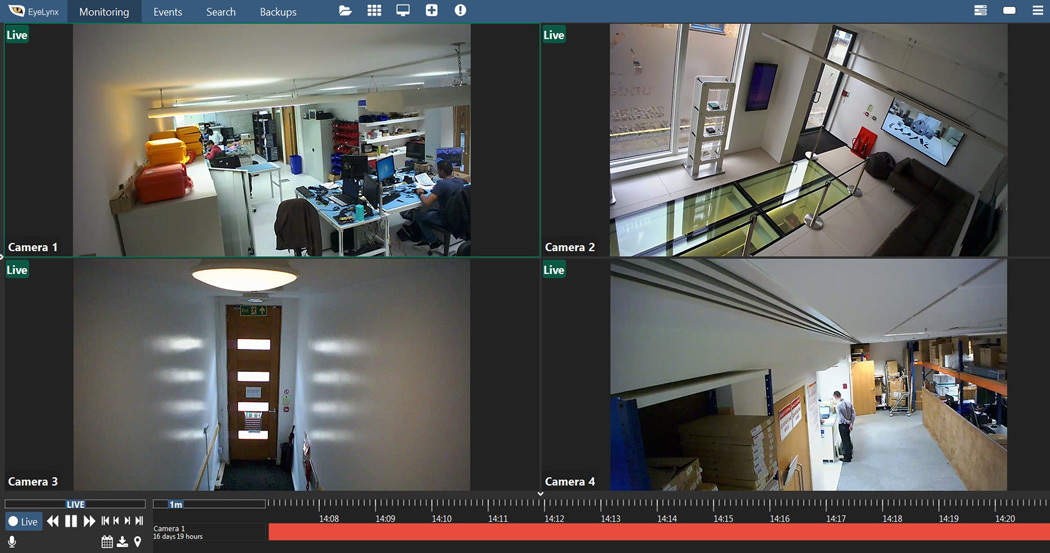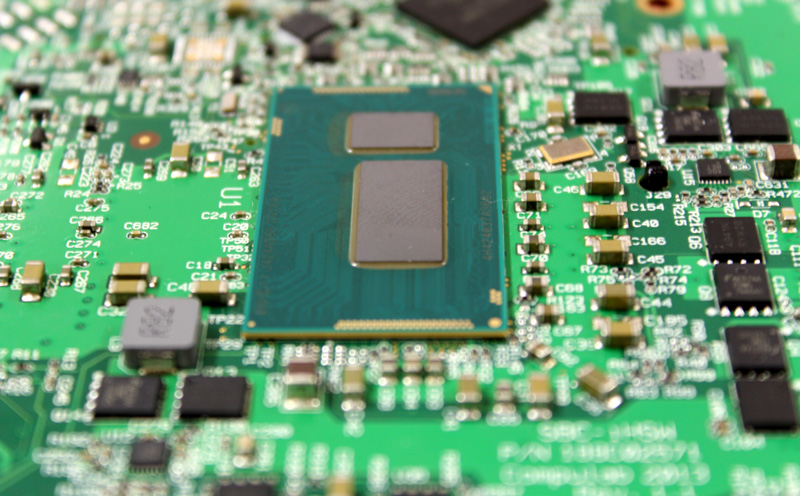How much graphics performance do I really need?
May 10, 2016"What does the graphics processor (GPU) actually do? How do I know how well it is doing it? Is it worth paying for a PC with higher performance graphics? What difference will that make to my system?" Here is our advice.
Having selected the processor and the memory, the next question to consider is graphics performance, which is determined by the graphics processor (GPU) fitted in the PC.
The GPU determines the sharpness and resolution of the images that appear on the screen as well as the speed with which a screen refreshes itself with a new image. These issues have such a huge influence on the user’s perception of the system and you should go with the best GPU that your budget can stand.

Sharpness and resolution of the images on the screen are determined by the GPU.
GPUs are designed to perform a large number of simple calculations in parallel. As with CPUs, their performance isn’t just down to their clock speed but is also affected by the amount of memory they have access to. A GPU can use 1GB or more of the available system memory. In our previous post on memory we highlighted that you should have at least 8GB of system memory for graphics intensive applications. As highlighted in the post on processors, AMD has the edge on graphics performance thanks to its 2006 acquisition of graphics powerhouse ATI.

Above: GPU Intel HD Graphics 4400 fitted in IntensePC2 4th Generation.
To assess the performance of the GPU itself, a good site is www.gpuboss.com where you can run comparisons on different GPU devices. However, if you’re finding it hard to choose, and/or want to assess the impact of other system parameters like memory it is worth obtaining two or three different models and running your application on each.
As a guide most of our solid state PCs with 8GB or more of memory will handle HD video perfectly well. Look for DirectX support in your chosen device if you’re running Windows. The lowest cost devices might support DirectX 8 or 9. For gaming, 4K video and other demanding applications you should seek full DirectX 11 support.
These applications really need a separate graphics card – and an Airtop would therefore be more suitable. The graphics card not only has a more powerful processor, but also comes with its own memory to save the need for the GPU to call on the system memory resource.
Such a card will generate a lot of heat and use more power of course – which links me neatly to the subject of our next two Knowledge Centre articles: cooling and power consumption.
 Part of
Part of